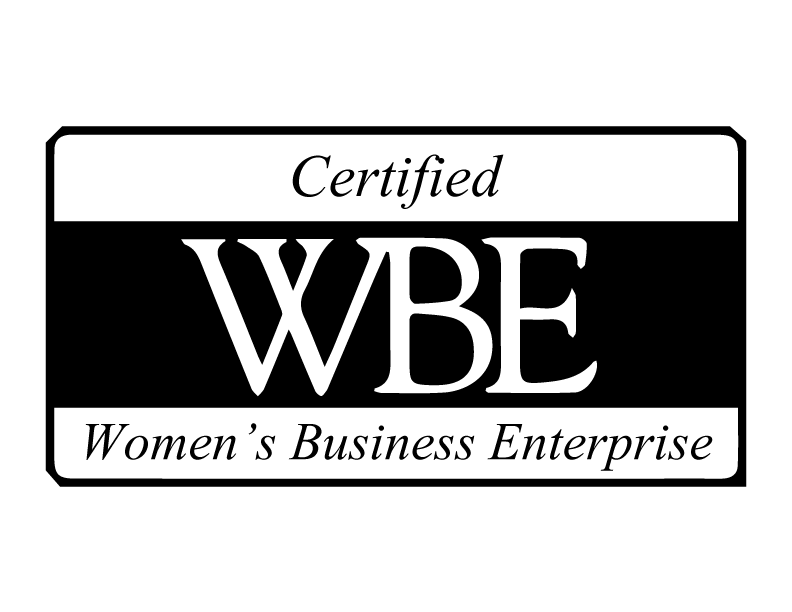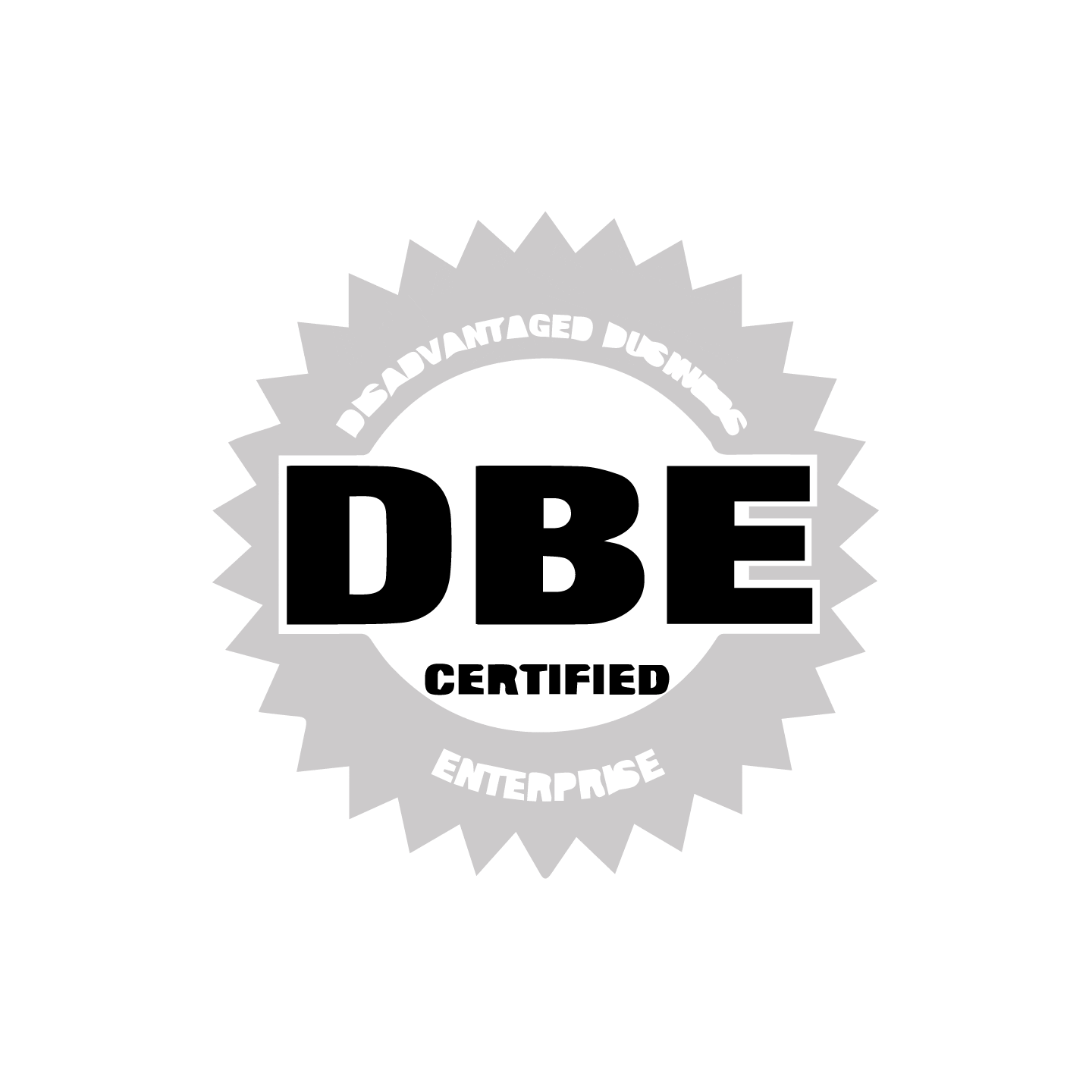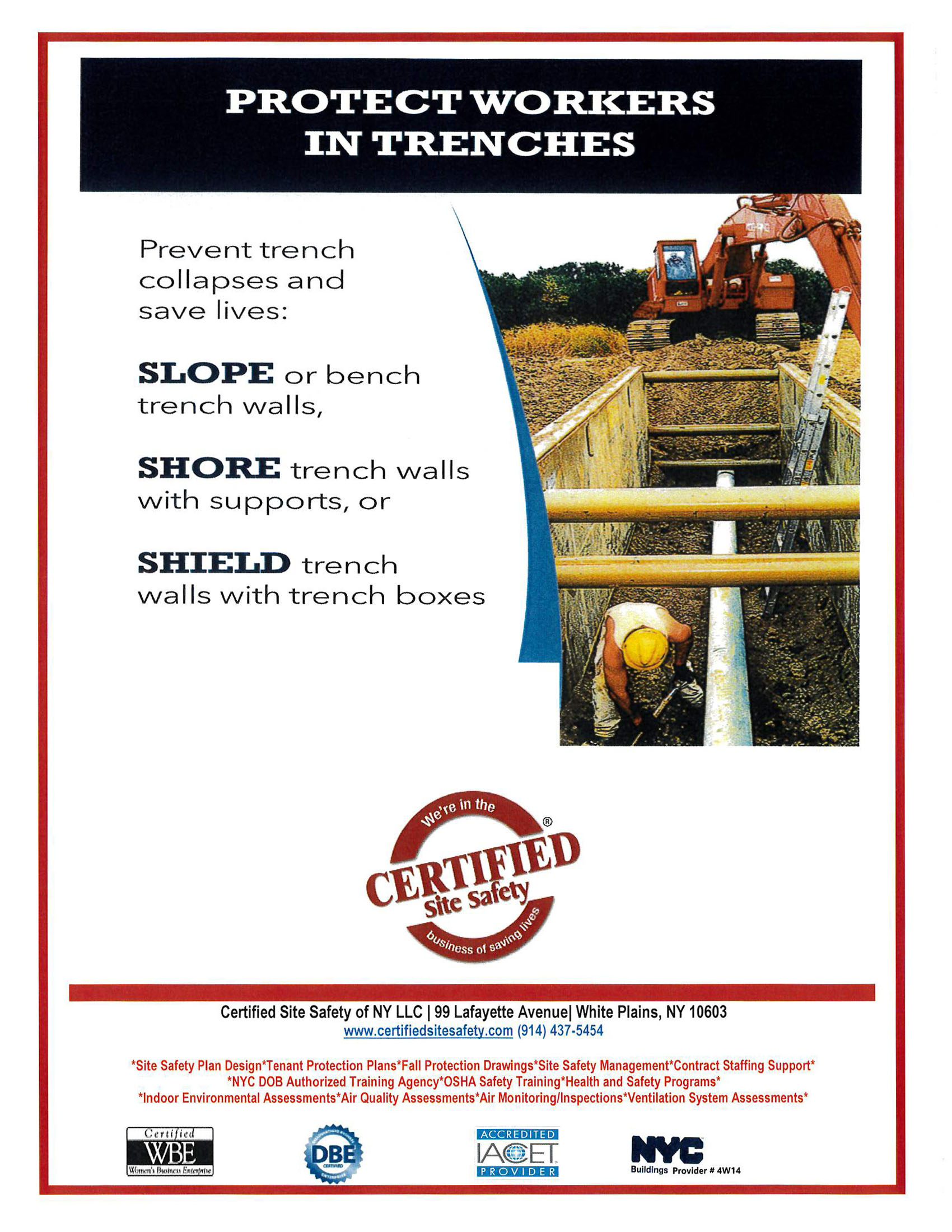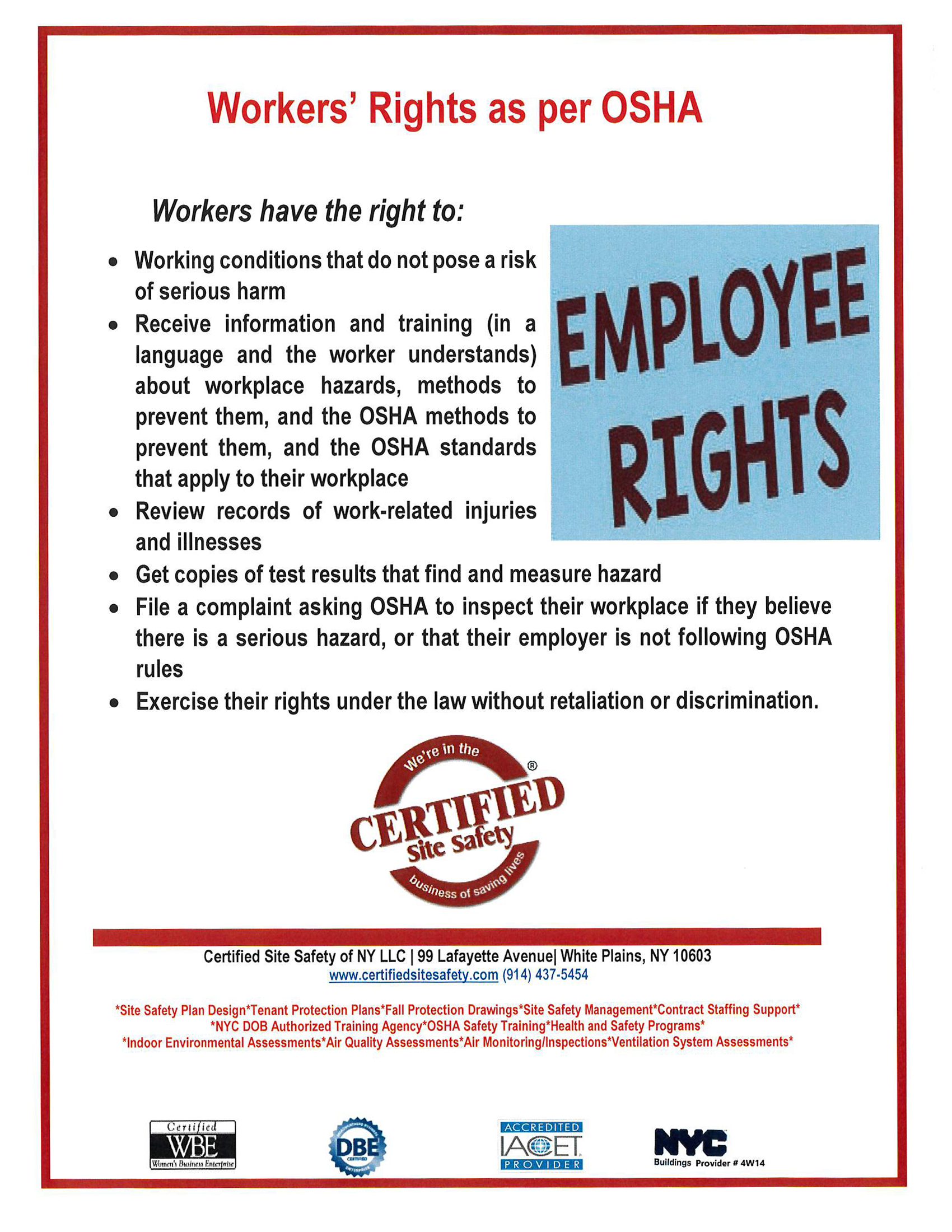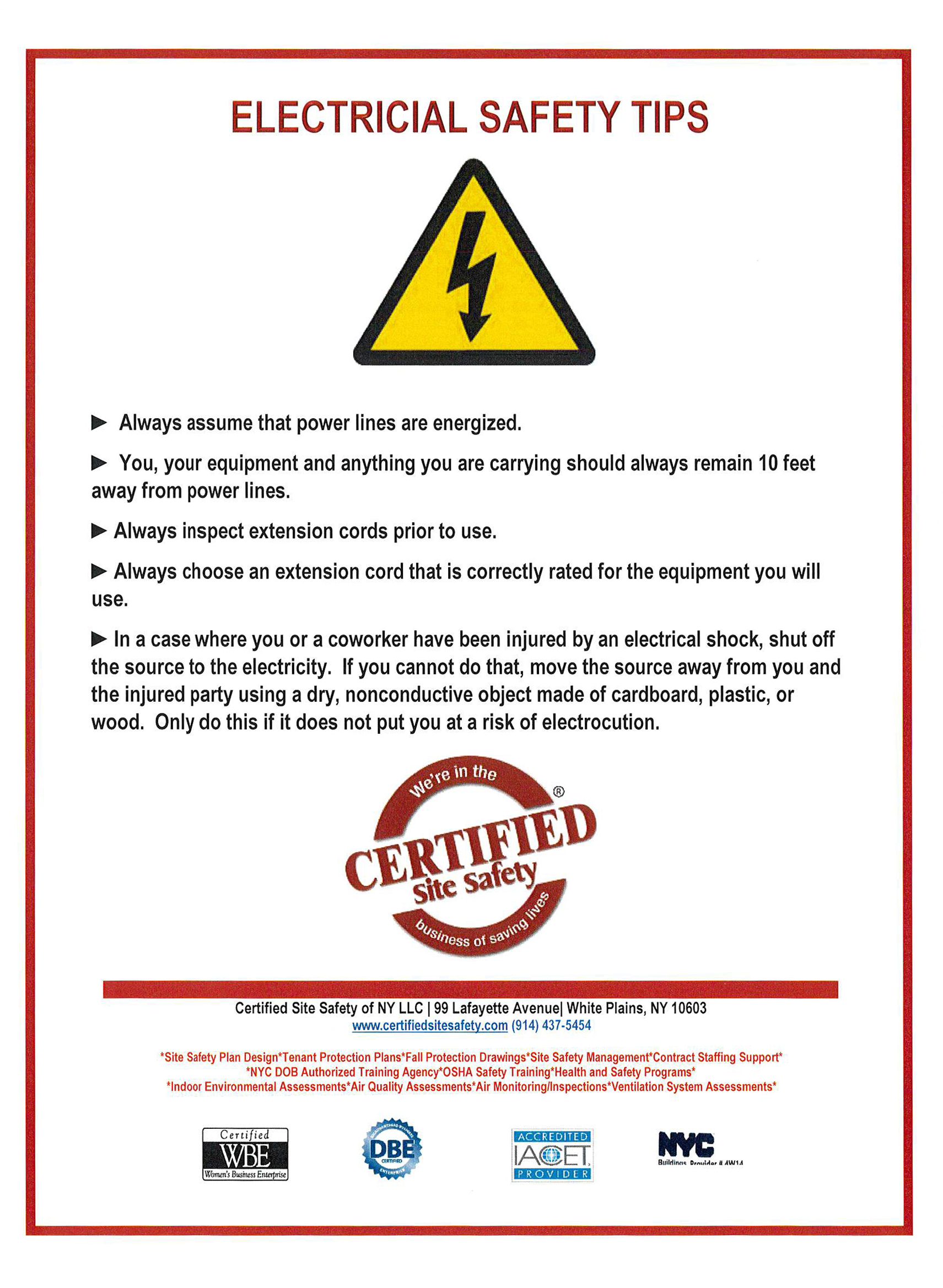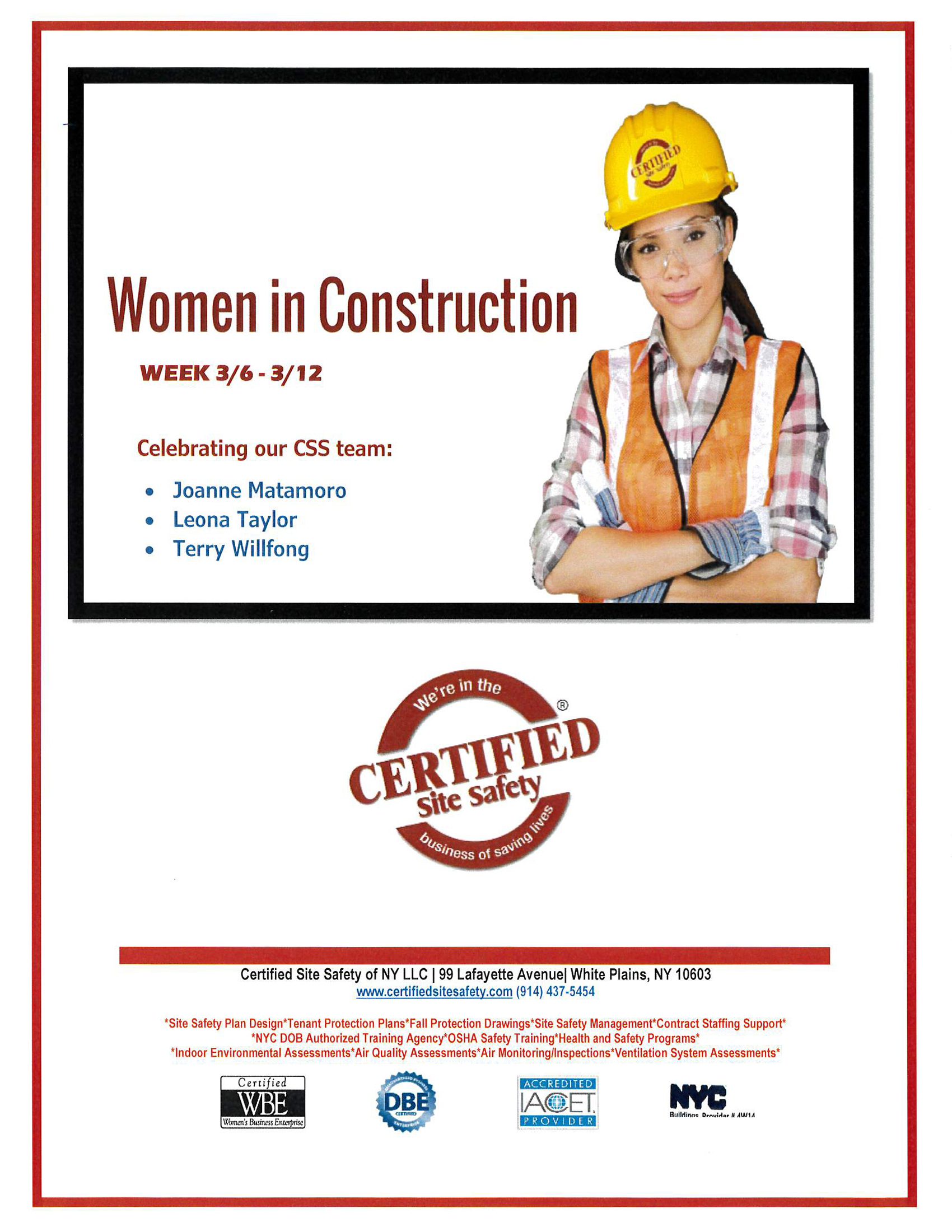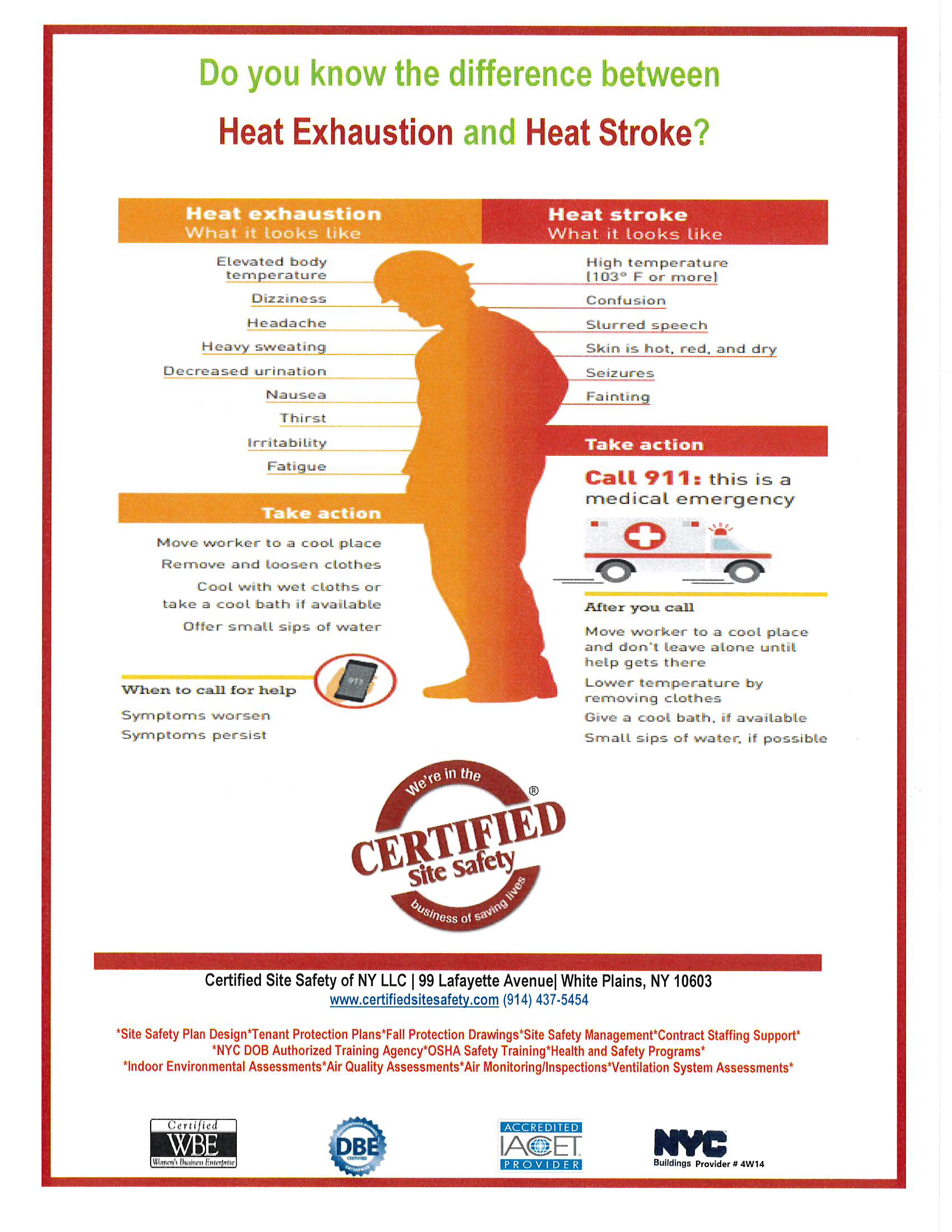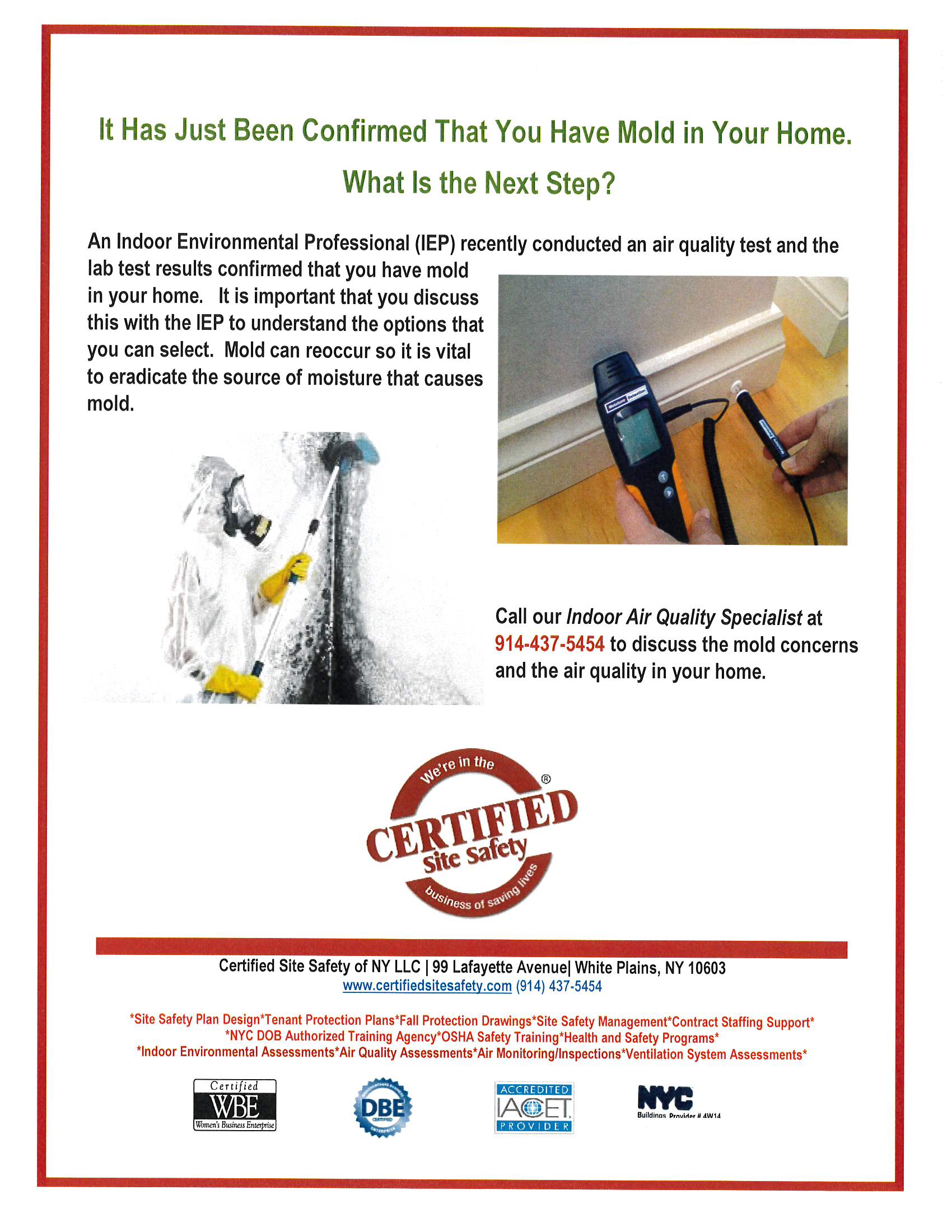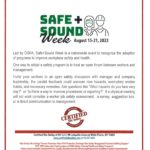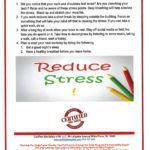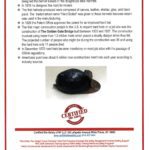Workers’ Rights as per OSHA
New SST Card Blast
Steps To Control Indoor Air
Ladder Safety
Electrical Safety
Women in Construction Week
Difference between Heat Exhaustion & Heat Stroke
Trench Safety
One of the most dangerous jobs in construction is working in a trench.
Imagine working in a place surrounded by loose soil, weighing between 90 and 140 pounds per cubic foot. That means one cubic yard of soil can weigh as heavy as a small pickup truck! With this in mind, if a person ever gets buried, there’s little to no chance of survival.
Luckily, the National Utility Contractors Association (NUCA) declared Jun 20, 2022, “Trench Safety Month.” Aside from raising awareness, this declaration of safety for trenching further highlights NUCA’s innovative program, the “Trench Safety Stand Down” week, which will be held from June 20 to 24, 2022. This event aims to prevent accidents, deaths and spread awareness about the many trenching hazards on the job site.
NUCA has held “Trench Safety Stand Down (TSSD) Week” every June since 2016 for the utilities construction sector. And this year’s event will take place at hundreds of job sites: from upstate New York down to the warm beaches of Florida, reaching and helping thousands of workers. The TSSD Week consists of a series of events planned by NUCA and other industry groups to convey the importance of safety while working at job site trenches and excavations.
Several things can go wrong in a trench work, such as the collection of liquid or vapor, the entry of objects like pipes or boulders that are “stored” around the edge, the lack of space for moving equipment, and cave-ins while people are working. Recognizing the risks and elements of safe work procedures needed for routine work or readiness in emergencies will help lower the risk of getting injured.
The Occupational Safety and Health Administration (OSHA) lists the five most important things to keep in mind when working near trenches:
- Ensure there is a safe way to get in and out of the trench.
- Provide protection against cave-ins
- Keep things away from the sides of the trench at all times.
- Find out if there is any standing water or atmospheric dangers.
- Don’t go into a trench that hasn’t been inspected.
The most effective way to keep trench walls from collapsing is to slope or bench them, shore them up with supports, or shield them with trench boxes.
The best method to mitigate the hazards associated with this industry is to educate and reinforce employees through activities like TSSD Week.
Mold Discovery
If your lab tests confirm that you have a presence of mold in your house, you should speak with a local Indoor Environmental Professional (IEP) in New York about your options as soon as possible. To prevent mold from reoccurring, you need to eliminate the source of moisture where they grow. You’ll need remediation if mold levels are abnormally high.
Mold remediation is the process of eliminating and cleaning mold-contaminated areas. It is a thorough cleaning process that requires the expertise of a professional to guarantee that all mold in your home has been cleared and will not return.
The Mold Remediation Process
Every mold problem is different, but having a professional remove the mold will ensure you don’t have any more issues in the future.
To get rid of mold, a professional will go through these steps:
Source Identification
The first step in dealing with mold is identifying and repairing the source of the water problem. Mold spores thrive in a moist environment, and if the moisture issue is not eliminated, then mold will continually spread.
Isolation
Once the source of the water damage has been fixed, professionals will seal off the moldy areas to stop mold spores from spreading to other parts of the property. They’ll seal windows and other openings and cover them with plastic sheeting for added protection. Containment and isolation are vital to minimize the possible impacts of cross-contamination on other areas.
Removal and Cleanup
Mold in your home can be found on any moist or porous surface. Mold remediation may require removing carpets, drywall, or insulation, depending on the severity of the problem. To avoid the spread of spores, experts carefully bag up and remove all contaminated materials.
Mold spores spread through the air; therefore, a specialist will spray or use a different technique to eradicate them from the affected areas. Then, spores are removed by vacuuming and scrubbing all non-porous surfaces. There should be no visible mold left in the place after this step is completed.
Drying
All materials must be allowed to dry to ensure that no moisture remains. Professionals usually utilize dehumidifiers or fans to speed up this process.
Replacing Contaminated Materials
It is necessary to replace any discarded materials that have mold damage. Homeowners may have to replace drywall or carpet because these materials frequently need to be removed entirely to keep mold at bay.
How Long Does the Remediation Process Take?
The remediation process usually takes one to five days to complete. How long it takes to get rid of the mold depends on its severity, how long it’s been there, what kind of material it’s contaminated, and where it’s growing.

